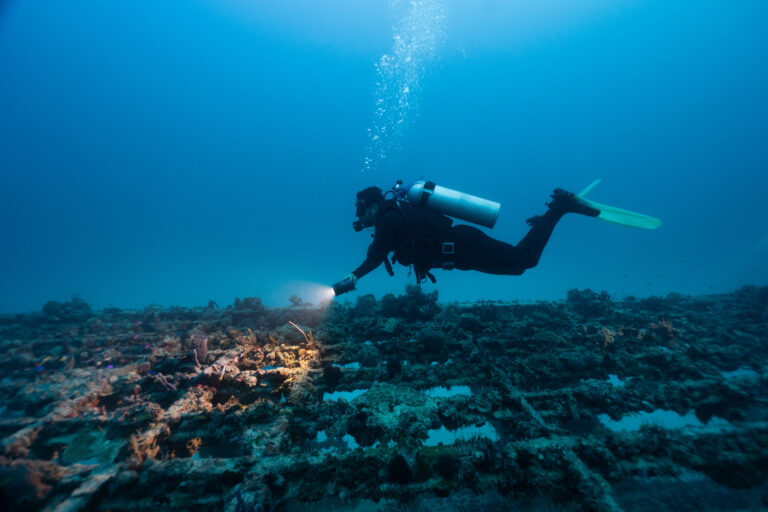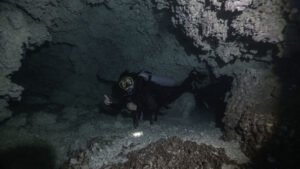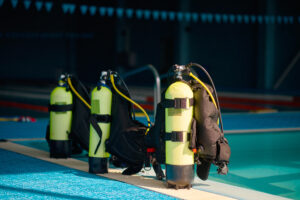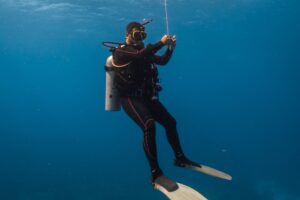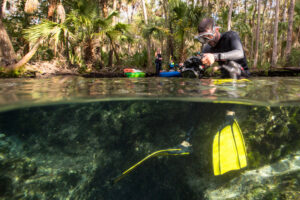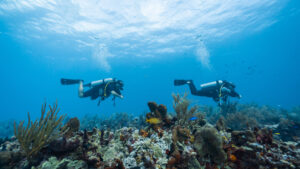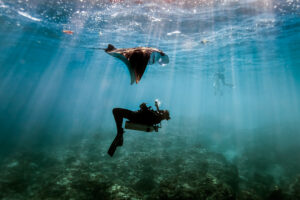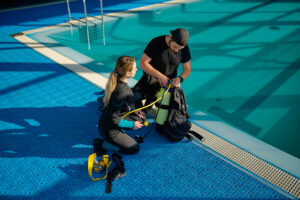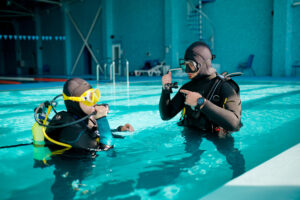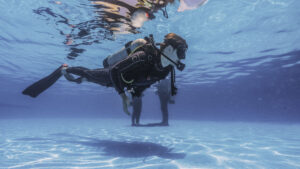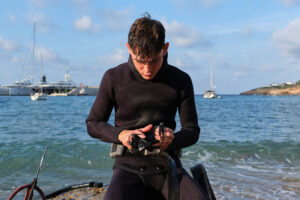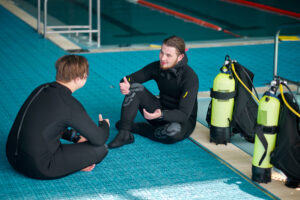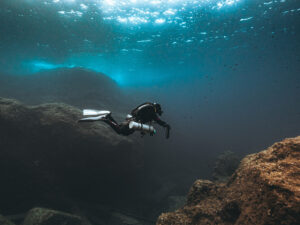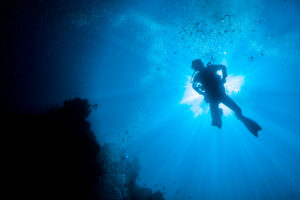What is Lift Capacity when scuba diving?
Lift capacity plays a vital role in scuba diving, as it refers to the amount of buoyancy provided by a buoyancy control device (BCD). As divers descend into the depths of the ocean, understanding and managing lift capacity is crucial to maintaining proper buoyancy, ensuring safety, and achieving an enjoyable diving experience.
The Importance of Lift Capacity
Buoyancy Control
Lift capacity is crucial to maintaining neutral buoyancy, which allows divers to hover effortlessly at a desired depth without sinking or ascending involuntarily. This skill is essential to prevent accidents, conserve air, and protect the marine environment by avoiding contact with delicate corals or other underwater life.
Safety Considerations
Proper lift capacity can prevent the risk of uncontrolled ascents, which can lead to decompression sickness or barotrauma. Additionally, it can facilitate controlled emergency ascents in cases of equipment failure, air depletion, or other underwater emergencies.
Equipment Configuration
Understanding the lift capacity of a BCD ensures that divers select the appropriate gear for their specific diving conditions and personal preferences. This knowledge enables them to balance their equipment, streamline their profiles, and enhance overall dive performance.
Factors Affecting Lift Capacity
Size of the Buoyancy Compensator
The lift capacity of a BCD is directly related to its size: Larger BCDs are generally designed to provide greater lift. BCDs come in various sizes, typically ranging from extra small (XS) to extra-large (XL). Lift capacity varies accordingly, with larger sizes offering more lift capacity than smaller BCDs.
Type of BCD
There are several types of BCDs, each offering different lift capacities:
Jacket-style BCDs
These popular BCDs resemble a vest and are worn over the torso. They provide lift by inflating air bladders throughout the jacket. Jacket-style BCDs are suitable for a wide range of diving activities, offering ample lift capacity for most recreational divers.
Back-inflate BCDs
These BCDs feature air bladders on the diver’s back, providing a more streamlined profile and greater lift capacity than jacket-style BCDs. They are preferred by technical divers who require an increased lift to accommodate heavier equipment configurations.
Wing BCDs
Designed for advanced technical diving, wing BCDs consist of a simple air bladder (or wing) attached to a backplate and harness system. They provide the greatest lift capacity, making them ideal for divers who require significant buoyancy support for deep or decompression diving, as well as those using twin tanks or rebreathers.
Intended Use and Diving Environment
The required lift capacity of a BCD varies depending on the intended use and specific diving conditions:
Cold Freshwater Diving
Diving in cold freshwater often necessitates the use of thicker exposure suits, such as drysuits, which add buoyancy and require additional lift capacity to counterbalance.
Warm Saltwater Diving
In warmer saltwater environments, divers typically use thinner wetsuits or dive skins, which provide less buoyancy and require less lift capacity. Saltwater is also denser than freshwater, resulting in greater inherent buoyancy.
Technical Diving
Technical diving, such as deep diving, cave diving, or wreck penetration, often requires additional equipment, including larger tanks, stage bottles, and specialized gear. This increased weight demands a higher lift capacity BCD to maintain proper buoyancy.
Calculating Lift Capacity
To determine the appropriate lift capacity for their specific diving needs, divers should consider the combined weight of their exposure suit, scuba gear, and additional equipment, as well as the buoyancy characteristics of the diving environment. There are general guidelines that can help divers choose the right BCD:
Recreational Diving
For most recreational divers, a lift capacity between 20 to 40 pounds (9 to 18 kilograms) is sufficient. This range is suitable for diving in warm salt water with a thin wetsuit or dive skin and using a single tank setup.
Cold Water Diving
For cold freshwater diving with a drysuit or a thick wetsuit, a lift capacity of 40 to 60 pounds (18 to 27 kilograms) may be required to compensate for the additional buoyancy provided by the suit.
Technical Diving
Technical divers using multiple tanks or other heavy equipment may need a BCD with a lift capacity of 60 pounds (27 kilograms) or more to accommodate the extra weight and maintain proper buoyancy.
Selecting the Appropriate BCD
When choosing a BCD, divers should prioritize the lift capacity that meets their specific needs, taking into account the type of diving they plan to engage in and the environmental conditions they expect to encounter. Additional factors to consider include:
Comfort and Fit
A BCD should fit snugly and comfortably, allowing for a full range of motion without restricting movement. Divers should ensure that the BCD does not ride up when inflated and that the straps, buckles, and other adjustments are easy to use.
Integrated Weight System
Many BCDs offer integrated weight systems, which enable divers to ditch weight easily in case of an emergency. Divers should ensure that the BCD’s integrated weight system has a sufficient weight capacity for their needs.
Accessory Attachment Points
Depending on the diver’s preferences and diving activities, they may require BCDs with additional attachment points for accessories such as dive lights, cameras, or slates.
Price and Quality
Divers should weigh the price and quality of a BCD in relation to their budget and diving frequency. While high-quality BCDs may come with a higher price tag, they often offer better durability, performance, and features.
Key Takeaways
Lift capacity is a critical aspect of scuba diving, as it directly impacts buoyancy control, safety, and overall dive performance. By understanding the factors affecting lift capacity and choosing the appropriate BCD for their specific needs, divers can enhance their underwater experiences, ensuring safe and enjoyable dives in various environments.

